I picked up Ninja Theory’s latest effort, Enslaved: Odyssey to the West , once I stopped pining for the Heavenly Sword sequel that will likely never come. I settled in for what was a familiar, yet revitalized experience. Enslaved is another character-driven, large scale action-adventure game that slows things down to a more deliberate and accessible level. Let’s see if the differences give the game the freedom to reach a wider audience.
Enslaved takes place in a future world where a global war has decimated the earth. The remnants of humanity are left to be hunted down and enslaved by an army of Mechs. The game opens with the two main characters, Monkey and Trip, barely surviving a spectacular slave ship crash. Monkey awakes to discover that Trip has placed a slaver headband on him, forcing him to obey and protect her. She needs his help to get back to her village hundreds of miles away, as she is unable to fight the Mechs on her own. What begins as a strained partnership gradually warms as they make their way westward. The story becomes much more grand when they join up with a rotund third character named Piggy. The trio are then able to take on the robotic slavers on a much larger scale.
The codependency between Monkey and Trip creates a neat gameplay dynamic where the two help each other progress – Trip being the technologically savvy one and Monkey as the muscle. Trip will open doors, hack consoles, pull switches and distract enemies while Monkey will climb around and take on Mechs directly, in close combat, or by shooting them with his power staff. This adds some fun puzzle/strategy elements to the platforming and combat (which feel like a stripped down Uncharted but with much more focus on the close combat). The combat is not combo-centric at all. Instead, Monkey will take on smaller groups with a set of very simple yet deliberate moves. There’s a real feeling of impact with the combat which is very nice. Stripping the game down a bit might increase the accessibility of Enslaved, but the result is a completely linear experience and not a particularly difficult one (unless you play on the highest difficulty). Then again, you can carry all of your weaponry and character upgrades from easier difficulties into Hard mode with you, making it even more manageable. Compared to a game like Heavenly Sword that caters to a more hardcore audience, Enslaved really seems like an attempt to make a game that is accessible and straightforward. While not necessarily a bad thing, it feels a little dumbed-down, for lack of a better word.
However, like Heavenly Sword, all of the cut scenes use motion capture extensively in order to attempt to create the most realistic character performances possible. Motion capture actor extraordinaire Andy Serkis (Gollum in the Lord of the Rings trilogy) returns to lend his skills and helps to create some real magic. The facial expressions and subtle body movements make an already great script shine and the characters believable and endearing. The performances, along with the writing, really take off when Piggy joins up with Monkey and Trip about halfway through the game. The interplay between the three is quite something. One of my favorite moments is a small one that occurs just before the Rhino boss. When Monkey is contemplating the retrieval of a machine part they need from a suspiciously open area, the characters barely move at all, trading just a few words and glances. This feels like a scene that only would work with real people delivering those subtle cues.
The game’s design gives me mixed feelings. On one hand, I love the attention to detail. It’s an excellent look at how our world would look years after the downfall of mankind – the decaying architecture, overgrown vegetation and vast emptiness are all wonderfully captured by the design team. While I think the design of Enslaved is unique, this quality is somewhat lost in a sea of games with post-apocalyptic wastelands, littered with waist-high cover, as their backdrop. I could go on and on about how the environments and characters are nicely detailed and brightly colored, but using the Unreal engine doesn’t help Enslaved stand out either. There are common Unreal issues like the thick coat of gloss over almost everything, texture pop-ins (even with the game installed to the hard drive) and general glitchiness at times. The popularity of the engine speaks volumes, so this is not a deal breaker for most. But I think the engine is showing its age. Enslaved is a beautifully designed game, it’s just unfortunate that it doesn’t stand out even more.
Ninja Theory has another underrated game on its hands in Enslaved: Odyssey to the West. So much work and effort has gone into it, and it’s a shame that more people haven’t played it. The hardcore gamer might find it a little on the easy side, but it will take you on a fantastic adventure with characters that you really care about. That is what great escapism is all about.
This review was based on a copy of the game purchased by the reviewer. The game was completed on Hard difficulty.

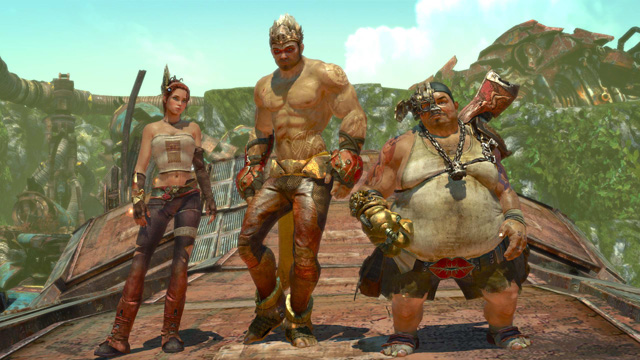
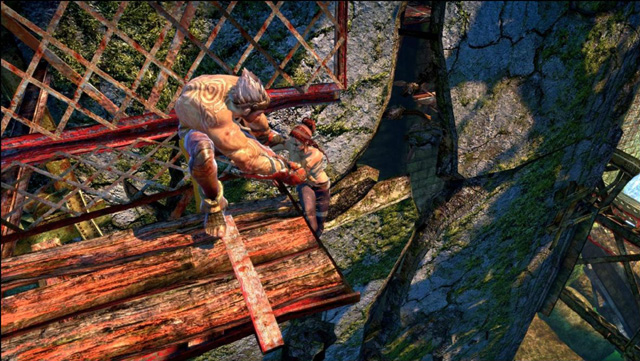
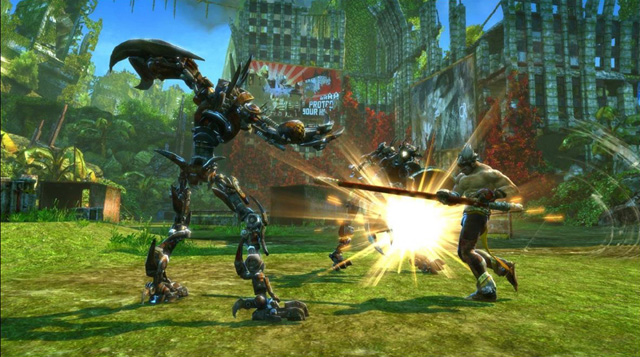
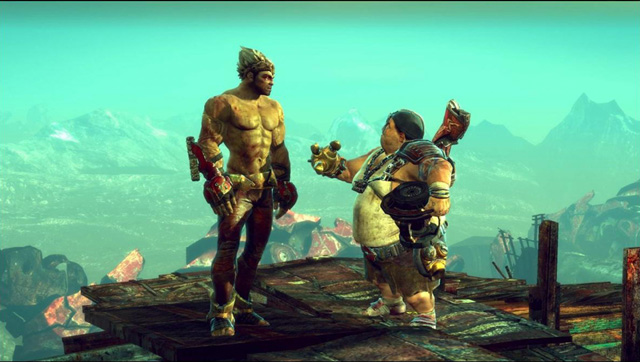
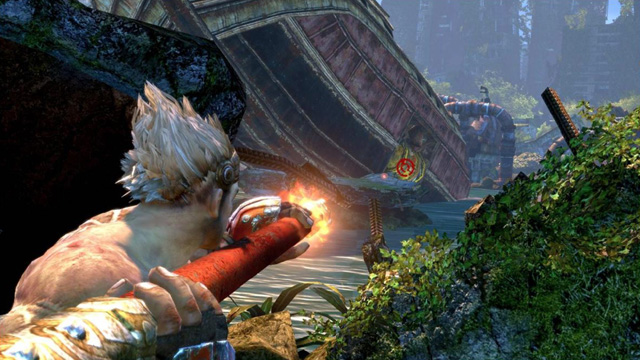
1 Comment